No Current Exhibits
Past Exhibits
Joseph Sexton Family Exhibit at the historic Sexton House
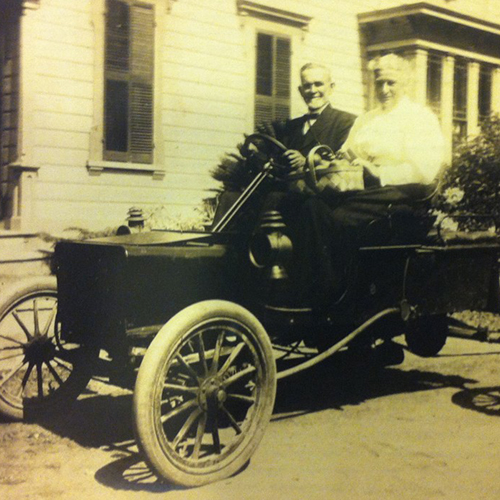
A prominent member of the community, Joseph Sexton is best remembered for his nursery business, which flourished in Santa Barbara and Goleta from 1852 until his death in 1917. He introduced countless plant species to the area and provided many of the trees and ornamentals that enriched the beautiful gardens for which Santa Barbara has been celebrated.
One of his most successful crops was pampas grass. The grass had been grown in the United States since 1848, but it garnered little attention until Joseph Sexton single handedly started a fashion craze during the late 19th century at the height of the Victorian Age. Most of the million plumes – the top grade of which was greater than 26 inches long with five foot long stems – went to London and Hamburg where they were dyed various colors. Americans in New York preferred their plumes snowy white.
When the family grew (there were eventually fourteen at the table), so did their need for space. In 1880, Joseph and his wife, Lucy, commissioned Santa Barbara’s premier architect, Peter Barber, to design the Italianate house which now serves as the centerpiece of Pacifica Suites. Located near Old Town Goleta, the “Joseph & Lucy Foster Sexton House” was officially added to the National Register of Historic Places in 1992.
“We are very pleased to create an exhibit for the Sexton House, honoring this prominent local family that had a very close connection to the Stow family and Rancho La Patera,” says Goleta Valley Historical Society Director, Amanda De Lucia. “This is an opportunity for us to share our collections with our community and visitors, and to showcase one of the influential families whose contributions are seen to this day.”
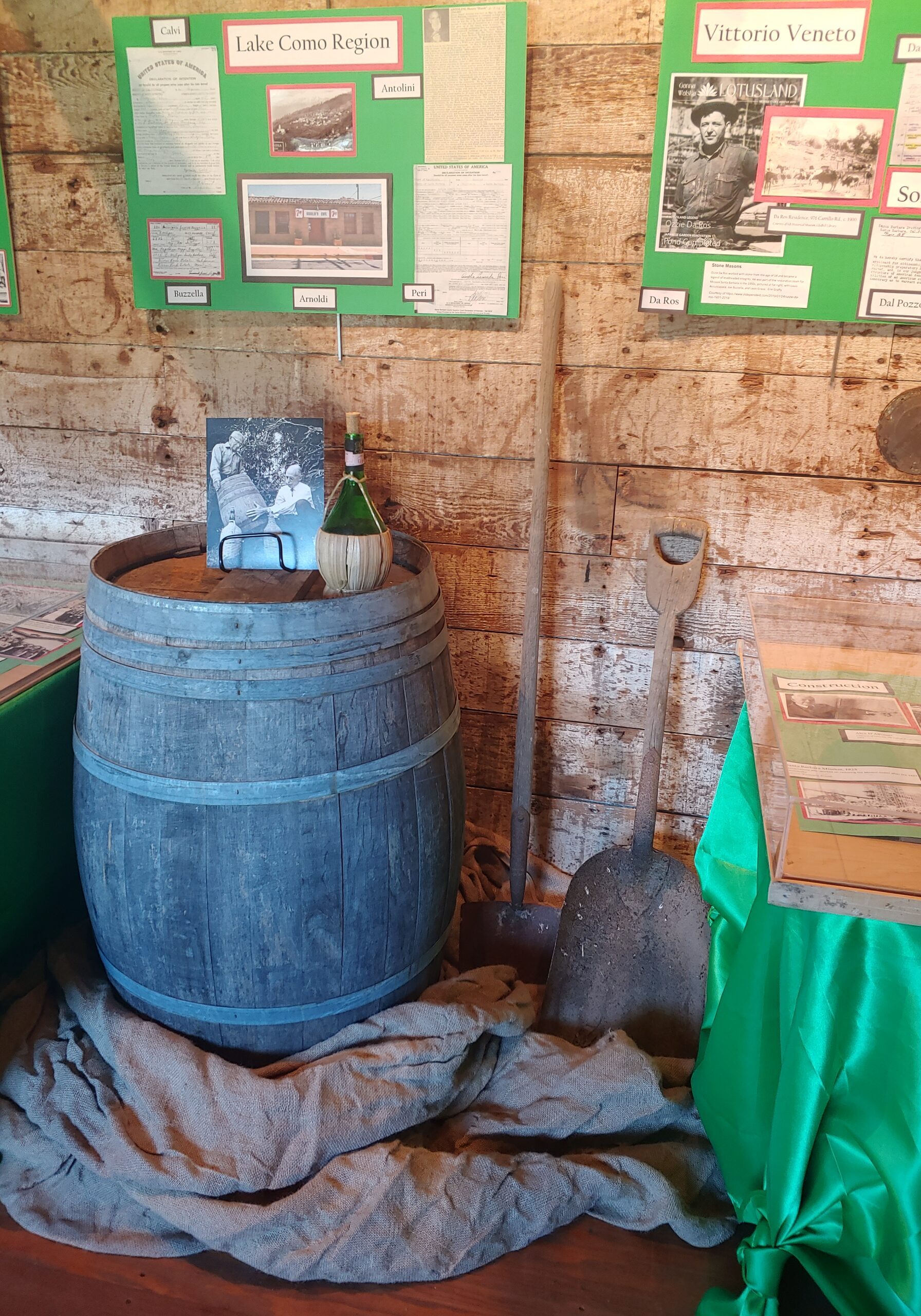
From Italy with Love
“A people without the knowledge of their past history, origin and culture is like a tree without roots.” —Marcus Garvey
The Santa Barbara Italian immigrant families and their descendants have had a significant impact on the Santa Barbara region in business, agriculture, education, construction; and have become part of the civic, social, and cultural fabric of our community.
This exhibit would not have been possible without the generous assistance of many people including descendants of the early Italian pioneers, Goleta Valley Historical Society, and the Gledhill Library. Erin Graffy’s book, The Italian Renaissance in Santa Barbara, was an immense help in creating the exhibit as well. It’s a “must read!”
The Santa Barbara Italian Pioneers Exhibit began as two separate exhibits the Santa Barbara County Genealogical Society presented in October 2019- the Goleta Library display case and SBCGS’s Sahyun Library. SBCGS is pleased to partner with the Goleta Valley Historical Society in presenting the Santa Barbara Italian Pioneers exhibits as one exhibit at The History Education Center Exhibit Hall.
While the exhibit is temporarily closed due to the current state mandate, get a sneak peek of the exhibit here!
We hope you enjoy the exhibit!
Good Land Gold GVHS Celebrates 50 Years
In honor of our 50 years, you are invited to celebrate the vision of our first members with a commemorative exhibition in 2016.
Goleta Valley Historical Society had a modest beginning – a dream to “collect and promote our unique history.” This is the mission of the Society, whose journey began on April 13, 1966.
Forty civic-minded guests attended that day at Bray’s Restaurant, many of them descendants of Valley pioneers. It was a day that would change the course of history in Goleta for the community.
Photo: The dedication of the Stow House to the community, c. 1967.
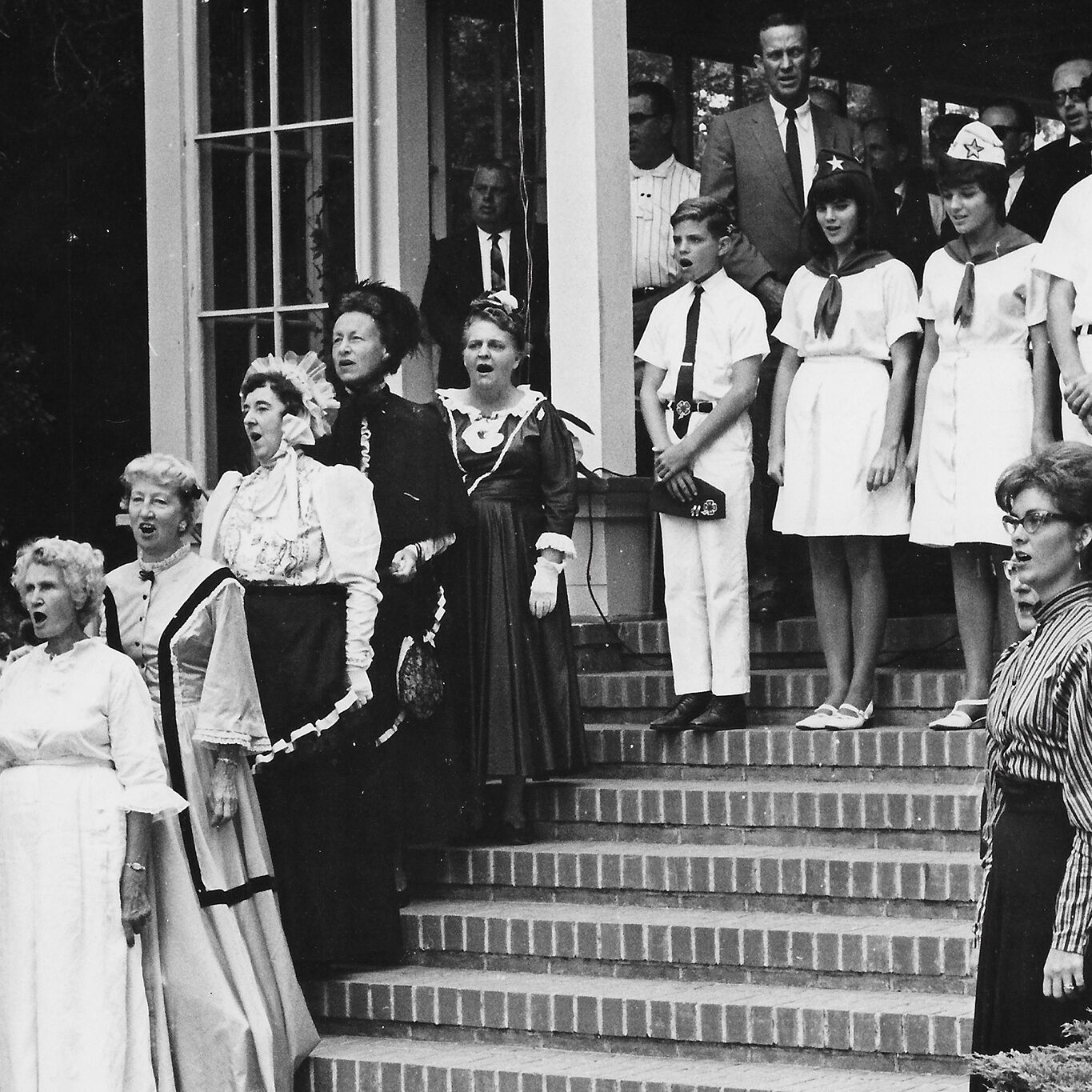
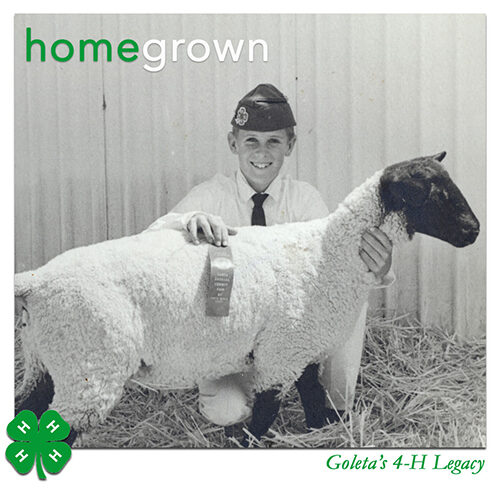
Homegrown
Goleta’s 4-H Legacy
From gardening to growing livestock, and from home economics to fashion design, our local 4-H program has made a significant impact on the lives and legacy in the Goodland.
The exhibition, which included photos, projects, art and more, brought light upon the youth and leaders who’ve embraced the 4-H program over the years.
As the youth development program of the Cooperative Extension System of land-grant universities, 4-H is the nation’s largest youth development organization, empowering six million young people throughout the United States. Our local Goleta 4-H program began in the 1920s and continues today.
The Goleta 4-H Club was recently given the honor of “Pioneer Recognition” by Goleta Valley Historical Society. READ MORE about the 4-H History of Goleta.
Exhibit sponsored by: Alice Tweed Tuohy Foundation, Williams-Corbett Foundation and Robin & Reid Cederlof
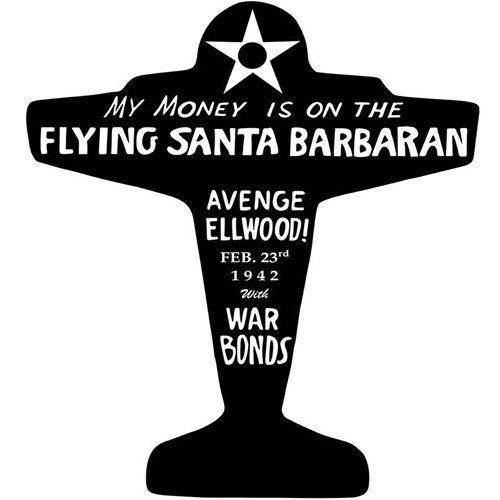
For interviews of the re-dedication of the historical marker click here. WATCH coverage of the Ellwood Shelling by the History Channel.
Avenge Ellwood!
The Japanese Attack on CA
In 2012 the Society hosted “Avenge Ellwood!” The Japanese Attack on California, a special exhibition commemorating the 70th anniversary of the Ellwood Shelling in Goleta. The landmark exhibit featured a piece of a shell that was fired in the attack, period clothing and uniforms, newspaper clippings, film coverage and more. In addition to commemorating the attack with a new historical marker at the site, the Society hosted a series of complimentary lectures and events throughout the year.
The Incident... On February 23, 1942, a large Japanese submarine identified as the I-17 surfaced at sundown off of Ellwood Mesa and fired its deck cannon at the tidelands oil-production facilities clustered along the shore. Under the command of Captain Kozo Nishino, the Imperial Japanese Navy submarine I-17 began firing at the coast at 7:15 pm. Goleta locals reported between 16 and 29 shells fired with at least 3 shells striking near the Bankline Company’s oil refinery. Rigging and pumping equipment at a well about 1,000 yards inland were destroyed, but no other damage was caused.
One shell overshot its target by three miles and landed on the Tecolote Ranch, where it exploded. Another landed on the nearby Staniff Ranch, failing to explode but leaving a crater five-feet deep. Numerous other shells fell short of their targets, dropping into the sea, on the beach, and into nearby cliffs. The submarine ceased firing around 7:35 pm and departed on the surface; it was observed exiting the south end of the Santa Barbara Channel at 8:30 pm. Though the shelling caused only minor damage, it sparked fears of invasion and internal subversion along the West Coast. The shelling was the first Axis attack on the continental United States in World War II and came only two-and-a-half months after the attack on Pearl Harbor, which plunged the United States into the war.
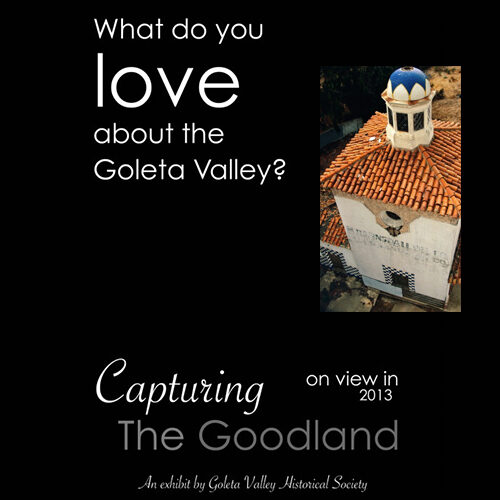
Capturing the Goodland
Hundreds of local residents of all ages submitted photos for our 2013 exhibit, Capturing The Goodland: Picturing The Beauty & History of the Goleta Valley.
Thanks to all who shared their talents and thought-provoking sentiments of life, love and history this year. Be inspired a selection of the images collected:
Keep them coming! While we are not scheduled to exhibit more right away, we’d love your thoughts and photos to add to our collection documenting how wonderful life in “The Goodland” truly is.
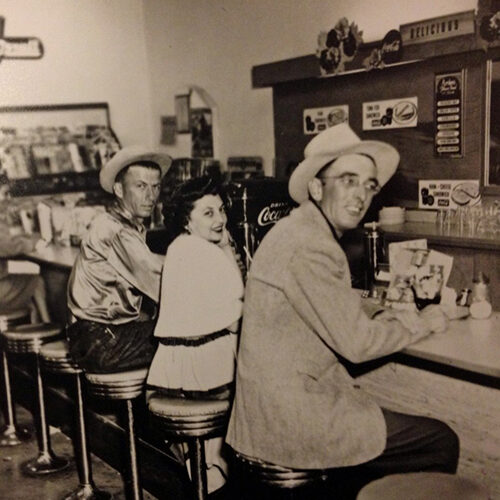
Image: Drugstore Soda Fountain, 1949
Photo contributed by Rusty Eckert. Pictured: Joe Mastagni, Mary Pagliotti, and Tony Pagliotti.
“That was a hangout! You’d order a coke and Chili said, ‘Double or nothing…’” -Annie Pagliotti Kunellis
Reflections
Memories of the Goodland
Ancestry! Architecture! Agriculture! The Goleta Valley Historical Society invites you to experience their 2014 exhibit, Reflections: Memories of the Goodland. Created from the collective memory of the community, the revolving display of images was made possible by the many people who donated photographs during the Society’s Heritage Project in 2002 and through the continuos collection of images from “pioneer” families.
From the faces of farm workers to beach parties on “Hope’s Ranch” to blissful wedding celebrations, the photos tell of Farms, Fun and Families in our Goleta Valley.
The Society wants to inspire visitors to explore and share their own family history through photos and genealogical resources. Visitors to the display at the History Education Center at Rancho La Patera are encouraged to submit their own images to be added to the Society’s collection along with oral histories and interviews for future generations.
GVHS wants you to continue to build our collection! Leave your mark on Goleta’s history. Send your pre-1960 scan image(s) to [email protected]. Owners should also submit any known info such as title, location, and names.